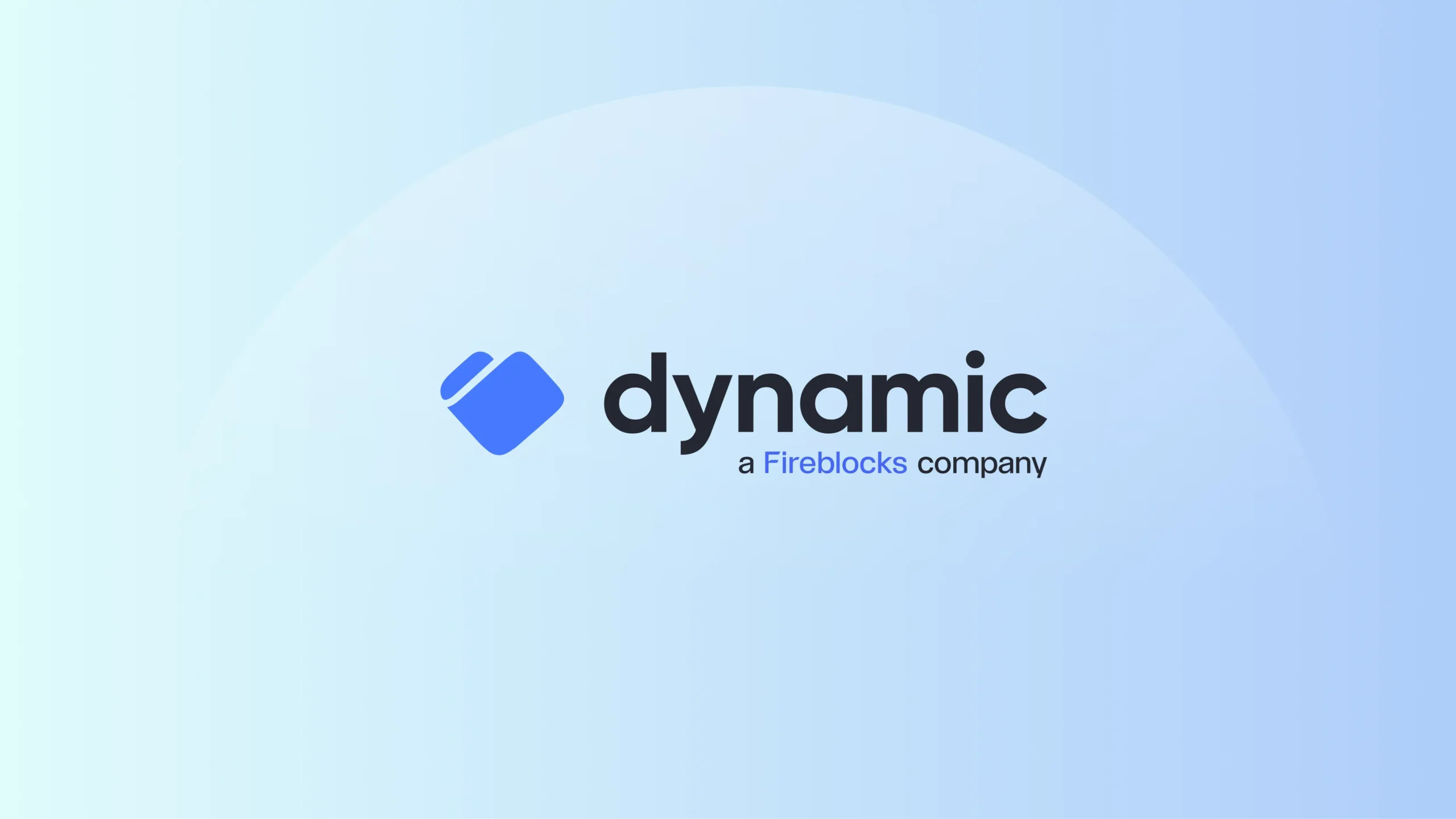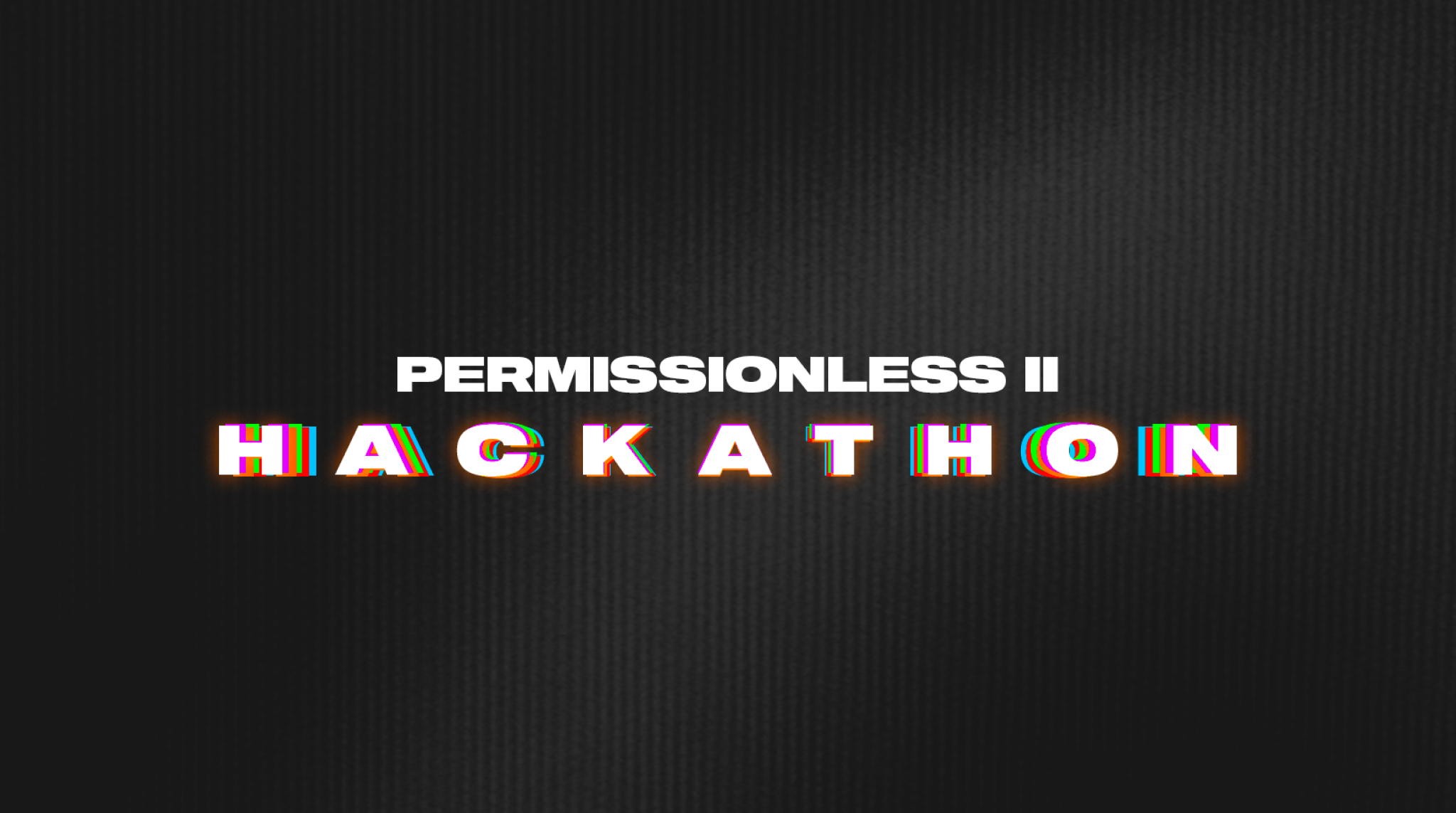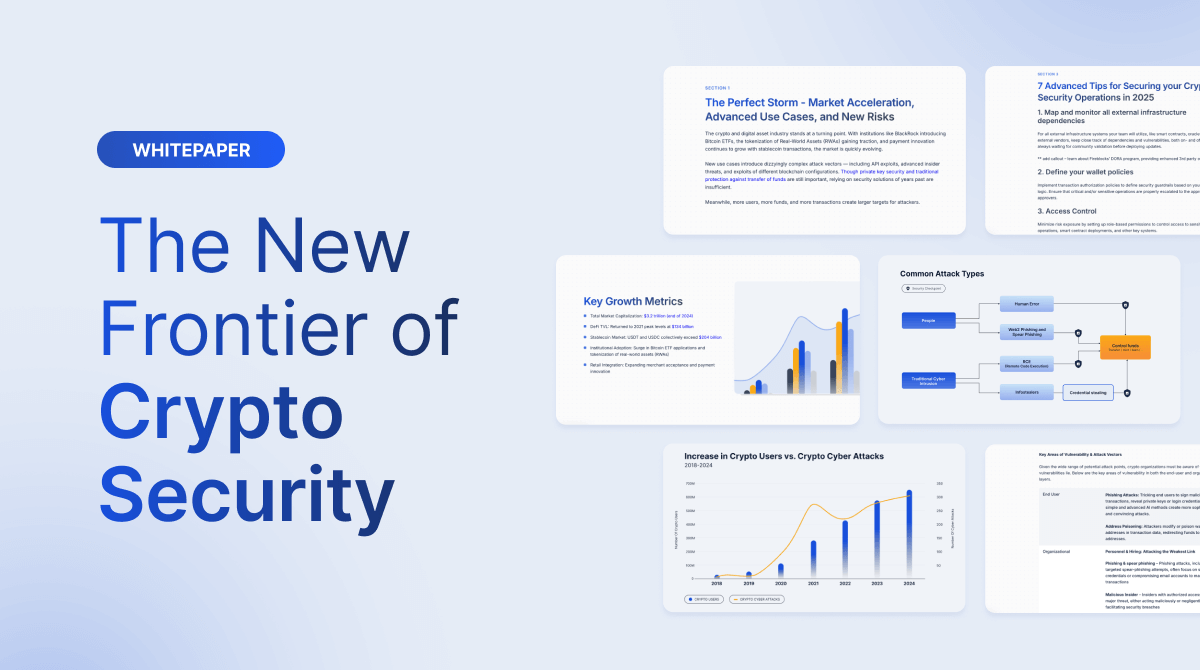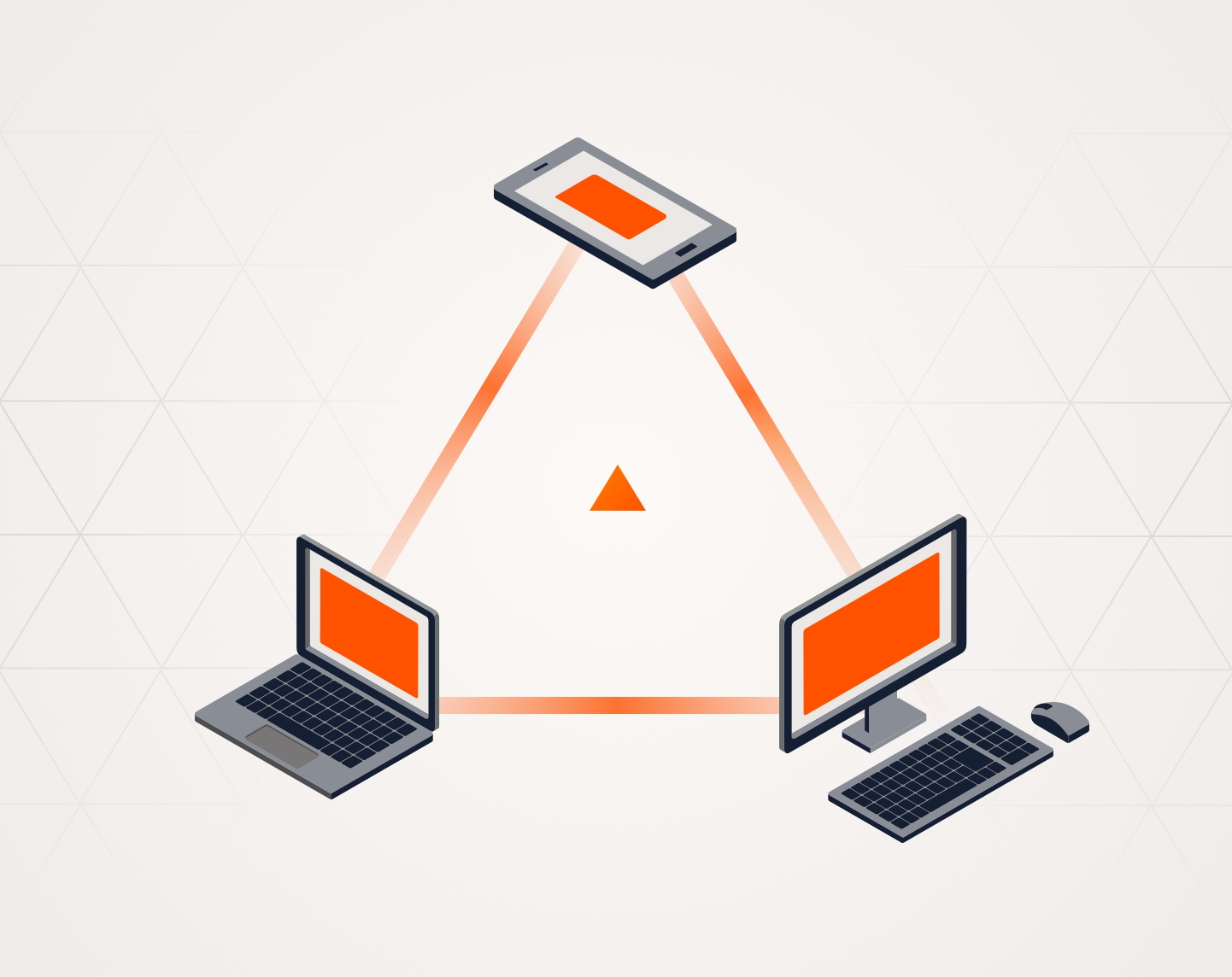Blockchain innovation in banking has shifted from proof-of-concept to delivering real value at scale. Banks like J.P. Morgan are uncovering where the technology delivers tangible benefits today, why tokenized and onchain money is critical to the future of blockchain markets, and how these innovations are transforming the correspondent banking ecosystem.
These FAQs address what’s top of mind for banks and financial institutions today, and how stablecoins and digital assets are creating opportunities across payments, settlement, and digital markets.
Stablecoins & Tokenization: Use Cases & Market Dynamics
What’s the difference between stablecoins and tokenized deposits?
A: Stablecoins are a form of tokenized asset that acts as a digital currency designed to maintain a stable value by being pegged to a reserve asset, typically a fiat currency like the US dollar or the euro. Unlike cryptocurrencies such as Bitcoin or Ethereum, whose prices fluctuate, stablecoins aim to provide price predictability while preserving the benefits of blockchain technology; namely, fast, global, and programmable transactions. A stablecoin can be issued by anyone.
Tokenized deposits are an onchain representation of a traditional bank deposit. This means they can only be held by customers who have gone through the bank’s standard onboarding and KYC processes. Unlike stablecoins, tokenized deposits can pay interest and represent a direct claim on the issuing bank. Transferring these tokens is not like a simple stablecoin transaction. Because they can only be held by customers, a transfer to a person outside the bank requires an inter-bank settlement process in the middle, ideally in central bank money, burning tokens at the source bank and re-minting afresh at the destination bank. A tokenized deposit is the preserve of a commercial bank or depository institution, and cannot be issued by anyone.
What are real-world stablecoin use cases?
A: Stablecoins are already being used at scale across payments, settlement, and financial services. Enterprises, banks, fintechs, and payment companies leverage stablecoins for instant cross-border payments, onchain settlement of trades, and 24/7 treasury management. For example, corporates can move funds globally without waiting for SWIFT cut-off times, while payment companies can settle merchant balances with stablecoins faster and cheaper.
Fireblocks enables institutions to securely move, manage, hold and issue stablecoins, whether for remittances, merchant settlement, payroll, or DeFi access. The ability to move value instantly onchain is creating efficiencies that weren’t possible with legacy rails. The Fireblocks Network for Payments is powering global stablecoin payments today, with over 40 providers available (and counting).
Will blockchain-based financial products compete with traditional bank and/or credit union deposits?
A: Blockchain-based financial products, particularly stablecoins, are complementary rather than directly competitive. Deposits remain critical for funding and lending activities within banks, while stablecoins provide a programmable, digital cash equivalent for faster settlement and liquidity management.
Today we’re seeing more stablecoins and onchain FX helping to move value across borders in particular, while most local payments continue to be facilitated via traditional finance (PSPs, credit unions, remittance providers, etc.).
What is the opportunity for smaller banks with stablecoins and tokenization?
A: For smaller and regional banks, stablecoins and tokenization represent a once-in-a-generation opportunity to compete on equal footing with global banks. Tokenization allows them to provide services such as instant settlement, fractional asset offerings, and expanded custody solutions without the cost of building legacy global infrastructure.
How will modern banking evolve between crypto-native companies, fintechs and banks?
A: We see the future of banking as a collaborative ecosystem where rising tides lift all boats, rather than a winner-takes-all scenario. Crypto-native companies will continue to innovate on infrastructure, tokenization models, and decentralized finance. Fintechs will focus on user experience, distribution, and specialized financial services. Banks will leverage trust, compliance, and scale to integrate these innovations into the regulated financial system.
Fireblocks sits at the intersection, providing the secure infrastructure that connects all three. We expect modern banking to be a hybrid model: regulated banks offering stablecoins and tokenized assets, fintechs providing embedded finance, and crypto-natives driving new use cases—all connected by secure, interoperable infrastructure.
Technology & Infrastructure
Can tokenization replace the ACH network in the future?
A: ACH has been the backbone of U.S. payments for decades, but it is limited by batch processing, settlement delays, and operating hours. Tokenization fundamentally reimagines payments as real-time, programmable transactions, rather than just replicating ACH.
With tokenized deposits and stablecoins, banks can offer 24/7 instant settlement that goes beyond ACH’s capabilities. While ACH may persist for certain retail or legacy use cases, tokenization will increasingly become the default infrastructure for high-value, cross-institutional flows.
What role will FedNow and RTP play in this next era of digital banking?
A: FedNow and RTP are important steps toward modernizing domestic payments in the U.S., giving banks a faster, API-driven alternative to ACH. However, these systems are still limited to domestic rails and business hours constraints, and they don’t offer the global interoperability or programmability that tokenization provides.
We see FedNow and RTP as complementary to blockchain-based payments. Banks can use them for real-time settlement inside the U.S., while using tokenized deposits or stablecoins for cross-border settlement, treasury optimization, and 24/7 operations. Fireblocks integrates both worlds by enabling banks to experiment with stablecoin issuance and tokenization alongside traditional payment systems.
How is the next-generation of the ISO 20022 global messaging standard impacting banks and blockchain players?
A: ISO 20022 is accelerating the digitization and interoperability of payments messaging worldwide, making transaction data richer and more structured. For banks, it improves compliance, transparency, and automation of payments.
For blockchain players, ISO 20022 provides a bridge into the traditional financial system. As banks and payment networks adopt ISO 20022, tokenized assets and blockchain rails can be integrated more seamlessly, aligning transaction metadata with global standards. Stablecoins can be leveraged as the value transfer / settlement mechanism between financial institutions while leveraging the same messaging standards that are used today.
What are the top three cross-border payment platforms?
A: Today, three major categories dominate cross-border payments:
- SWIFT gpi – still the most widely used global interbank network, but limited by legacy infrastructure and operating hours.
- Card networks (Visa, Mastercard, etc.) – important for retail and fintech flows, but expensive and fragmented across geographies.
- Stablecoin rails (USDC, USDT, bank-issued tokens) – rapidly emerging as the most efficient, low-cost, 24/7 alternative.
Stablecoins represent the future of cross-border settlement. We power many of the largest payment firms, fintechs, and banks in adopting these rails securely, including companies like Bridge, Worldpay, Ramp, RIA and more. As adoption scales, we expect stablecoin payments platforms to surpass legacy cross-border networks in efficiency, transparency, and reach.
Wallets, UX, and Legal Considerations
How will embedded wallets or Wallets-as-a-Service impact hedging and portfolio diversification?
A: Embedded wallets and Wallets-as-a-Service (WaaS) transform the way institutions enable end-users to access digital assets. By embedding secure wallets directly into apps, trading platforms, or financial services, institutional and retail investors can seamlessly manage exposure to multiple asset classes, such as stablecoins and tokenized securities, without leaving the platform.
For hedging and diversification, this means faster execution, lower friction, and the ability to rebalance portfolios in real time across tokenized and traditional assets. Fireblocks’ WaaS solution ensures this is done safely, with institutional-grade MPC security, compliance, and scalability, so firms can offer new hedging and diversification strategies with confidence.
What’s the difference between a bank account and a digital wallet?
A: In crypto, a digital wallet is similar to a bank account in that it’s a means of securely storing value (e.g. stablecoins, cryptocurrencies, tokens, etc.) While digital wallets do not earn interest in the way that a bank account does, both can be used to facilitate transfers and make payments. In particular, digital wallets have become a leading method to facilitate cross-border payments and remittances due to their quick, efficient and always-on nature. Payments via digital wallet are not beholden to traditional banking hours and anyone can have a digital wallet, which further opens up access to financial services.
What are the biggest UX/UI challenges and opportunities in blockchain applications today?
A: The biggest challenge is balancing security with simplicity. End users often struggle with private key management, gas fees, or complex signing flows, which creates friction and risk. On the flip side, the opportunity lies in abstracting that complexity away, so blockchain feels as seamless as traditional apps.
Fireblocks enables this by providing Wallet-as-a-Service APIs, policy controls, and transaction automation. Institutions can offer customers a one-click experience for onchain actions, while still enforcing compliance, approvals, and fraud detection in the background. The opportunity is to make blockchain apps as intuitive as Venmo or PayPal, without compromising on security.
How do you ensure trust in onchain transactions?
A: Trust in onchain finance requires more than just code—it requires (i) smart contracts standardization and auditing; (ii) strong management of AML risks; (iii) and legal clarity and regulatory proportionality in institutional engagement with permissionless blockchains and programmable finance. Finally, smart contracts and tokenized assets must map to enforceable agreements in the real world, and be supported by custodial protections and robust safekeeping infrastructure.
At Fireblocks, we address this in three ways:
- Smart Contract Due Diligence: Our DeFi Threat Protection service will look at smart contracts addresses and functions to warn clients on potential risks in engaging with them;
- AML Compliance & Controls – End-to-end KYC and AML policy enforcement built into every transaction flow;
- Custodial Security & Risk Mitigation – Our MPC security, insurance protections, and governance tools provide institutional safeguards;
- Compliant Outsourcing Partner – As a third-party technology provider according to all major crypto-asset and stablecoin regulatory regimes around the world, we provide clients with the required due diligence and control for compliant, scalable growth.
This approach ensures that onchain transactions are not only technically valid but also legally enforceable and trusted by consumers and regulators alike.
Interested in learning more? Watch our latest on-demand webinar on the next era of banking.



